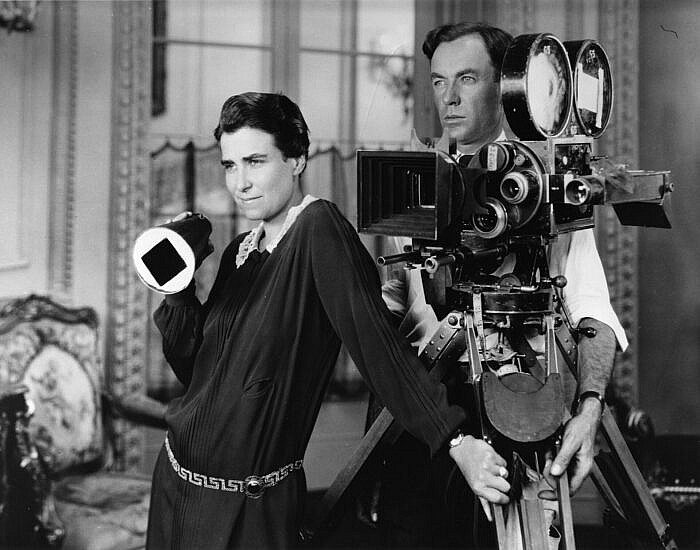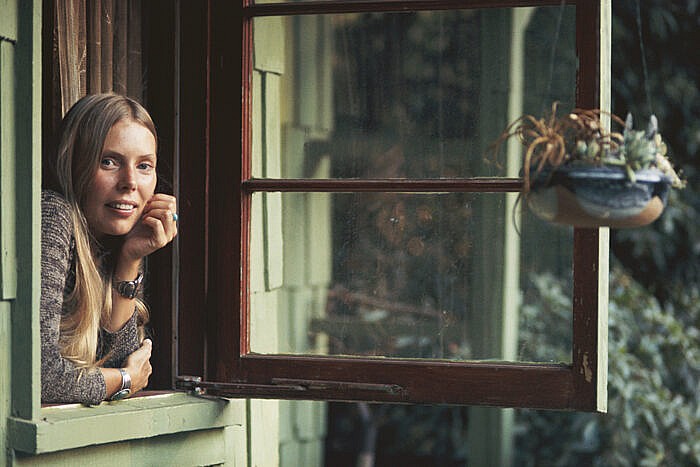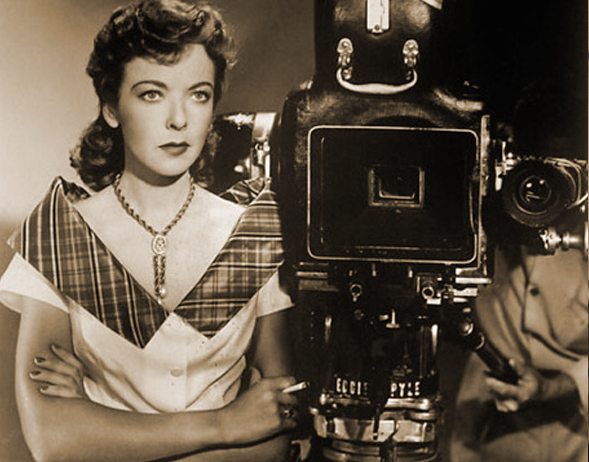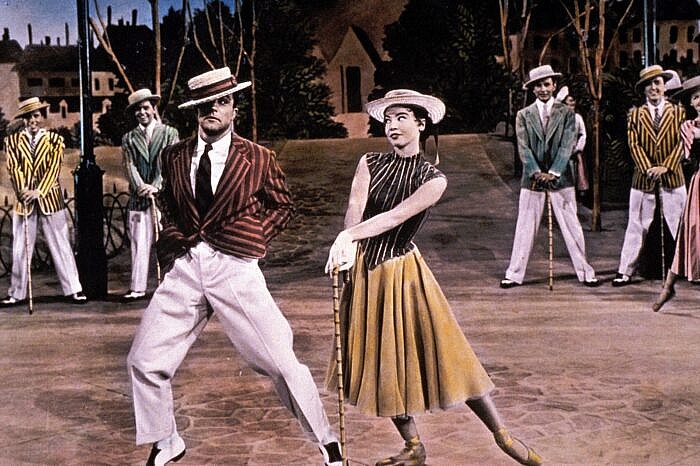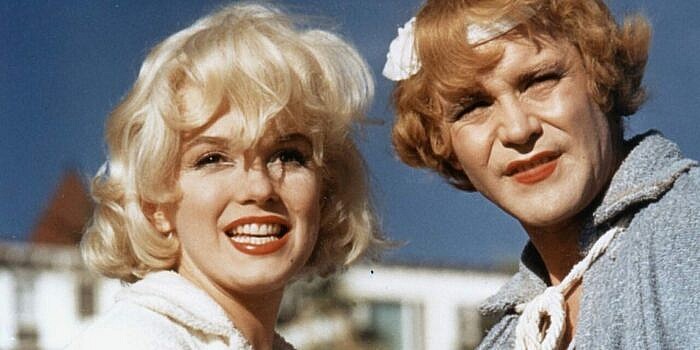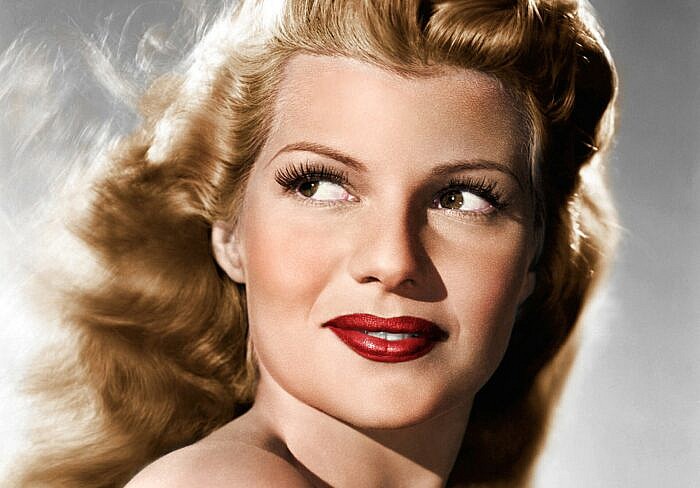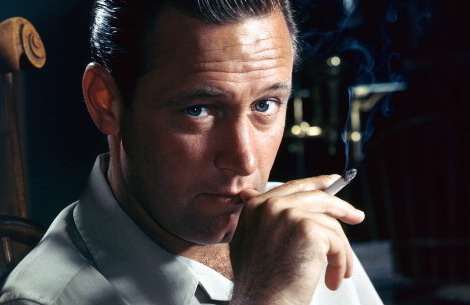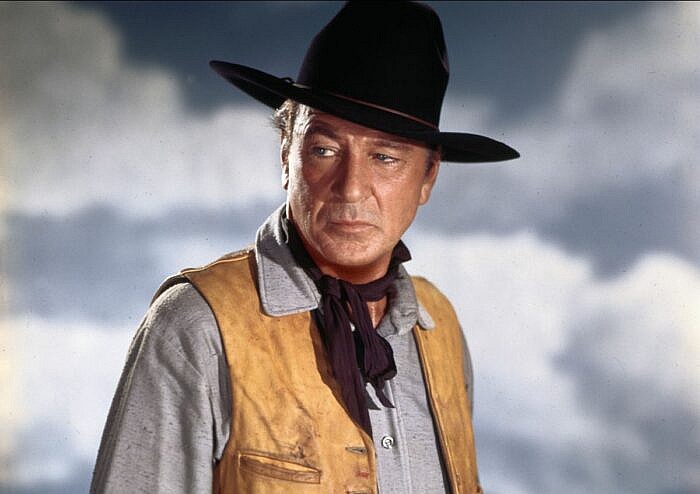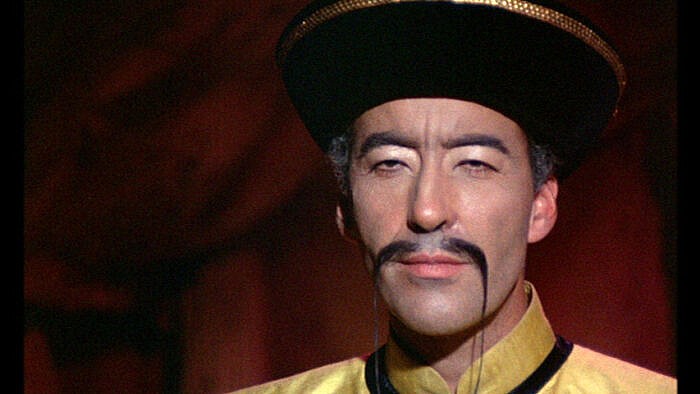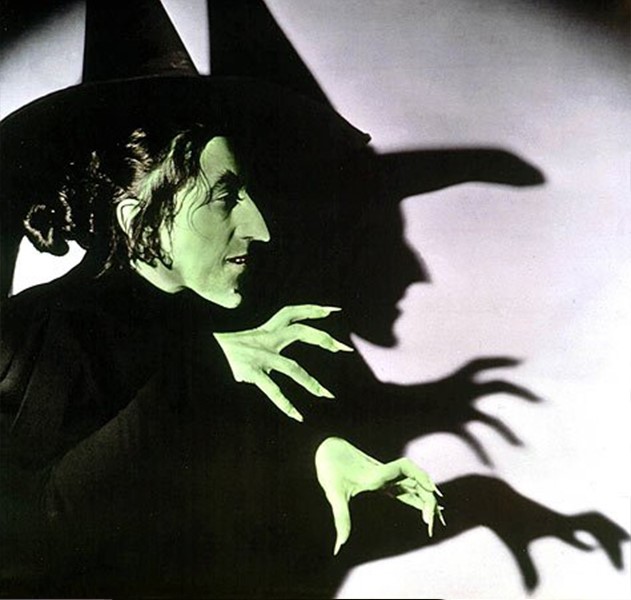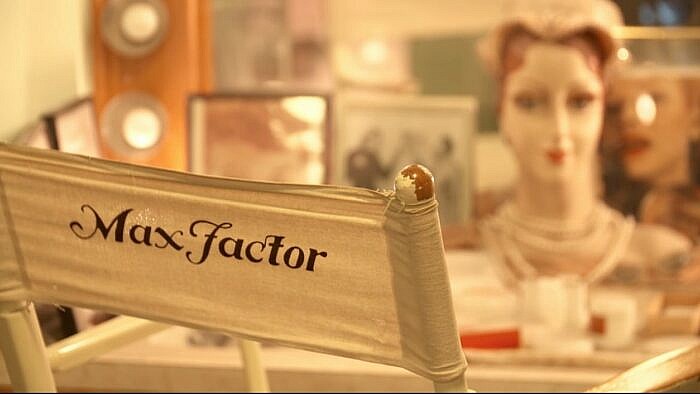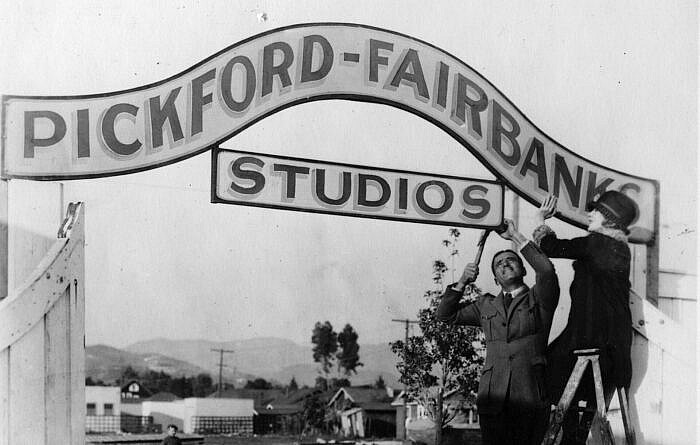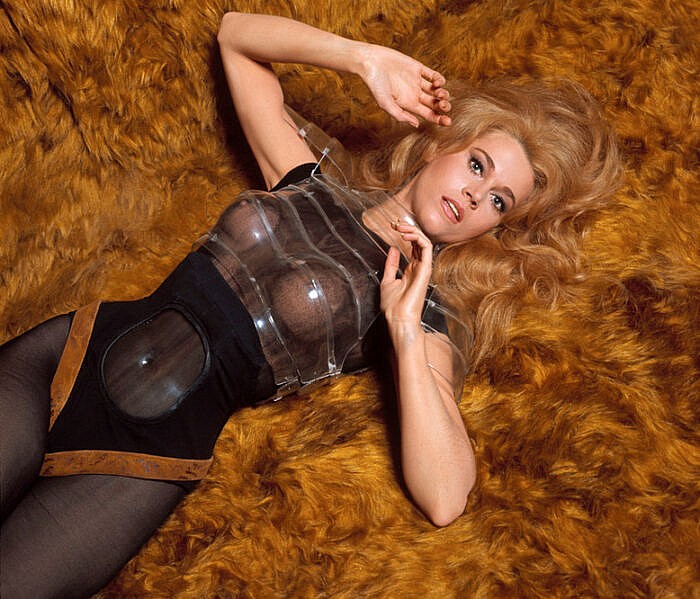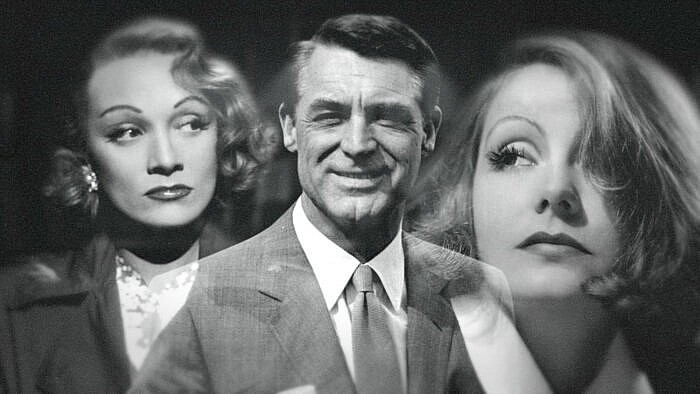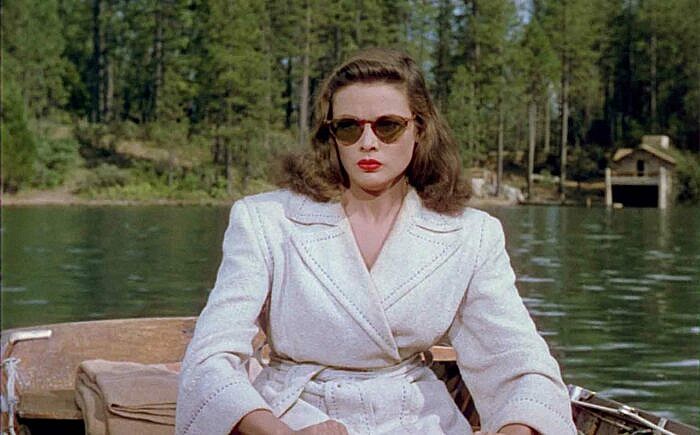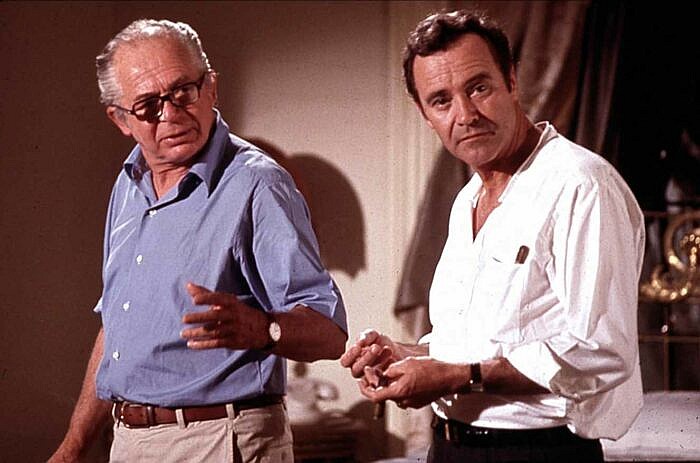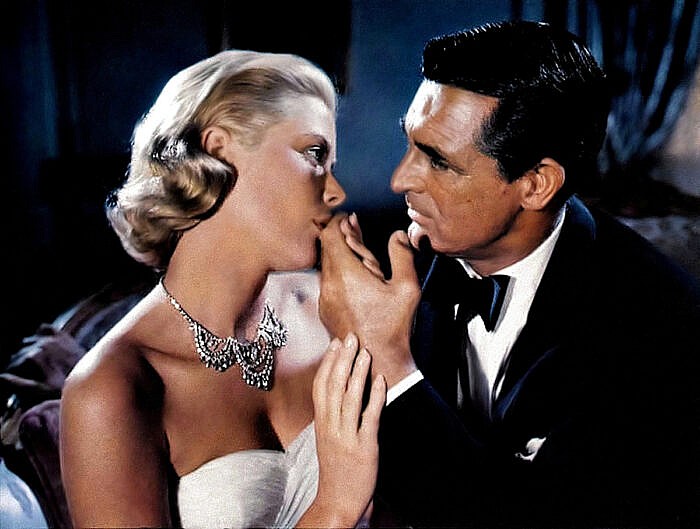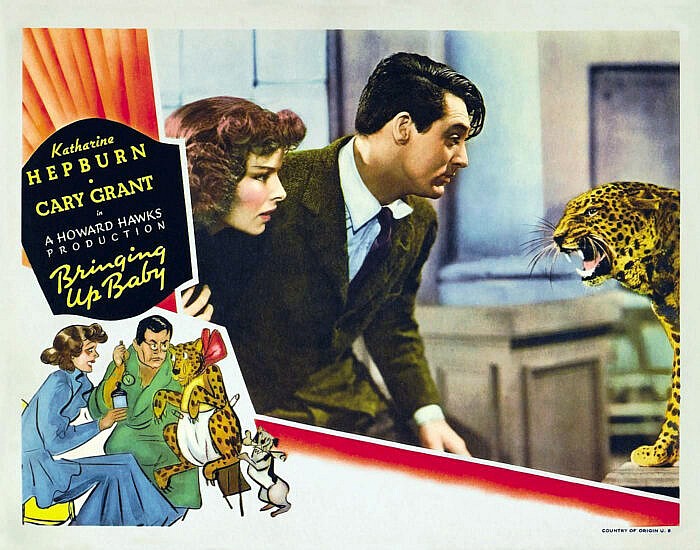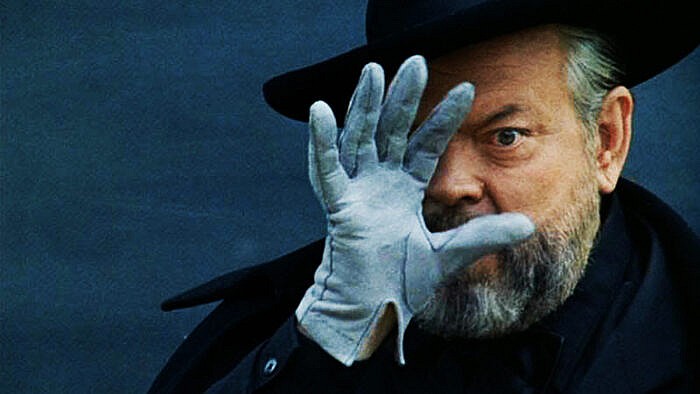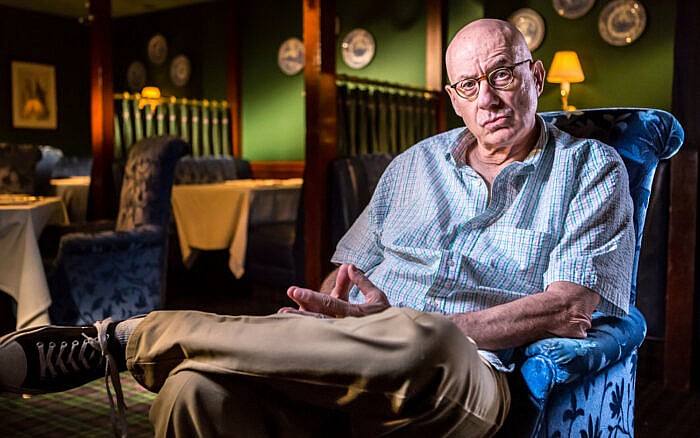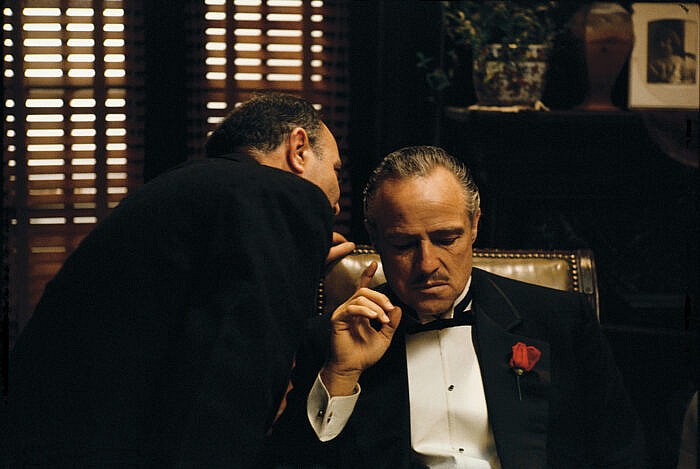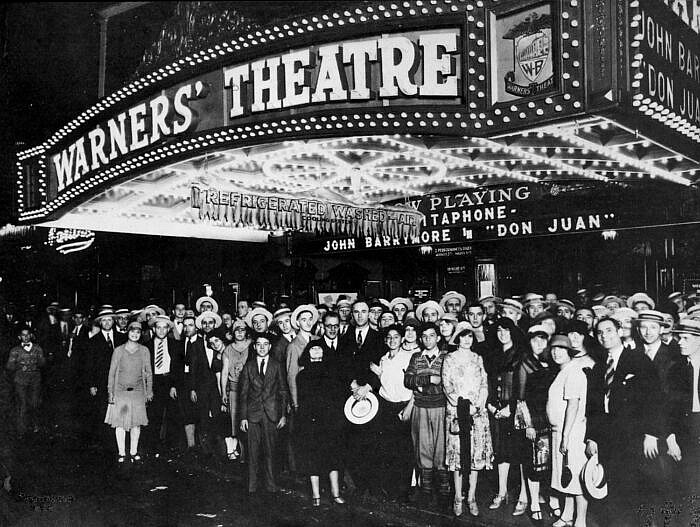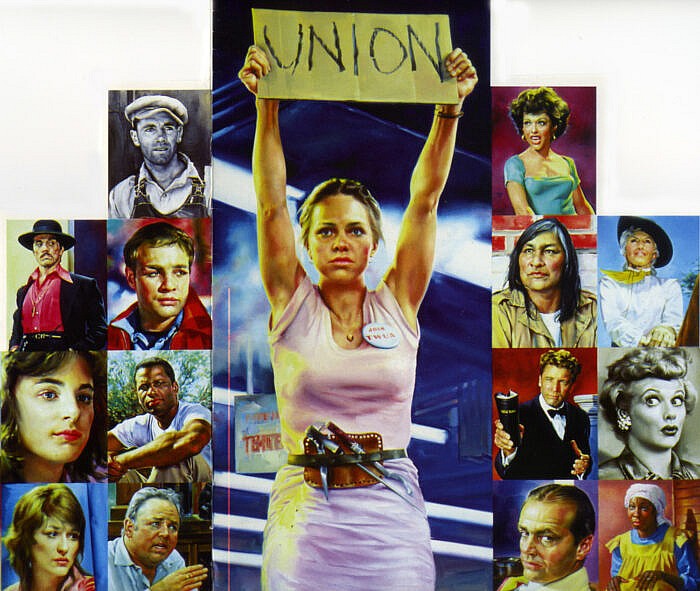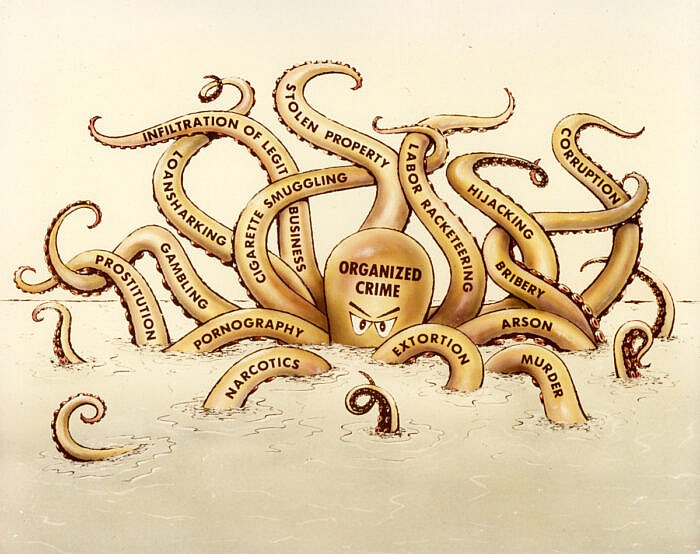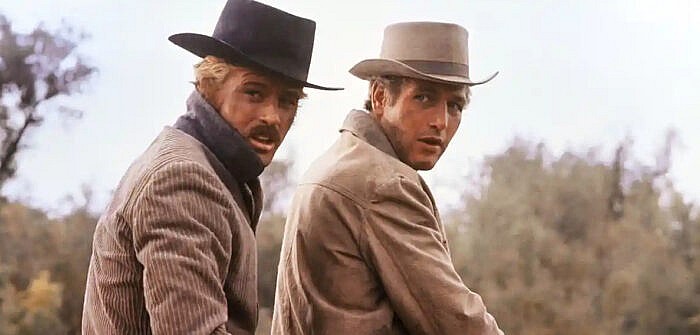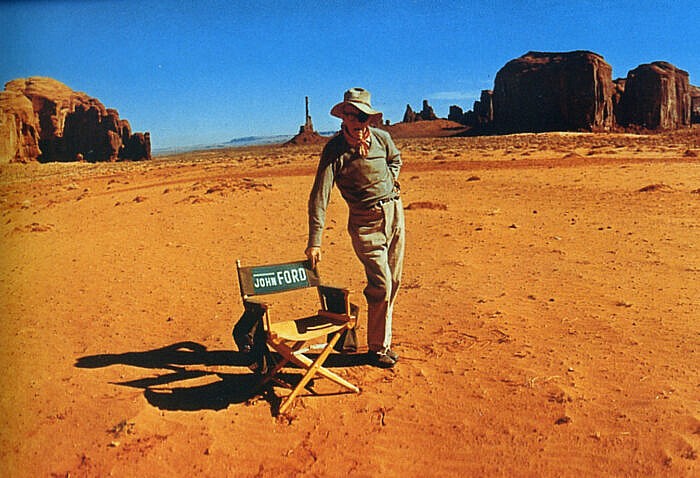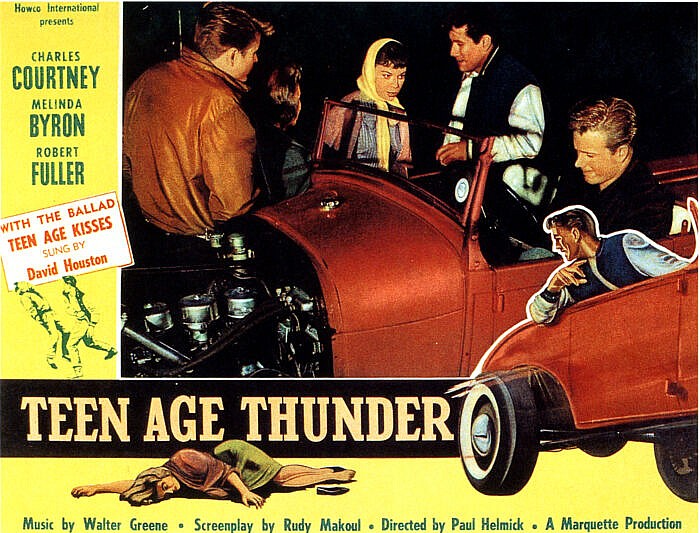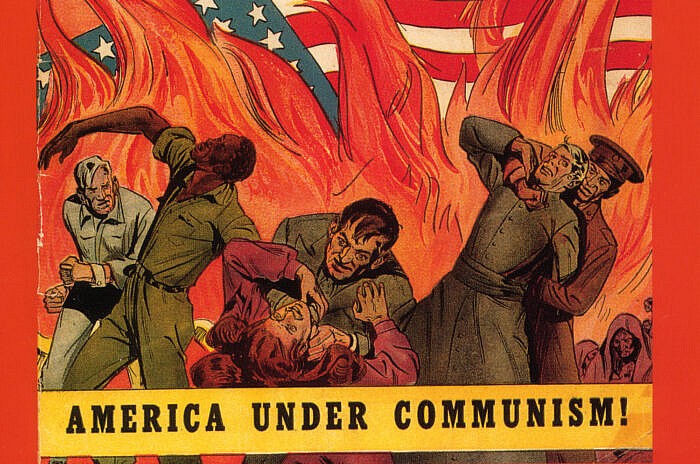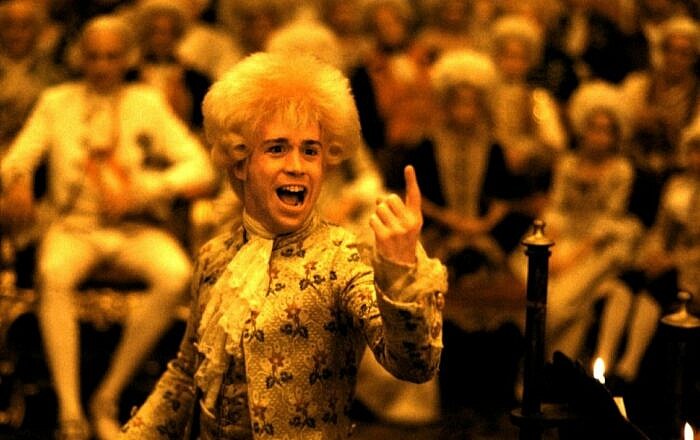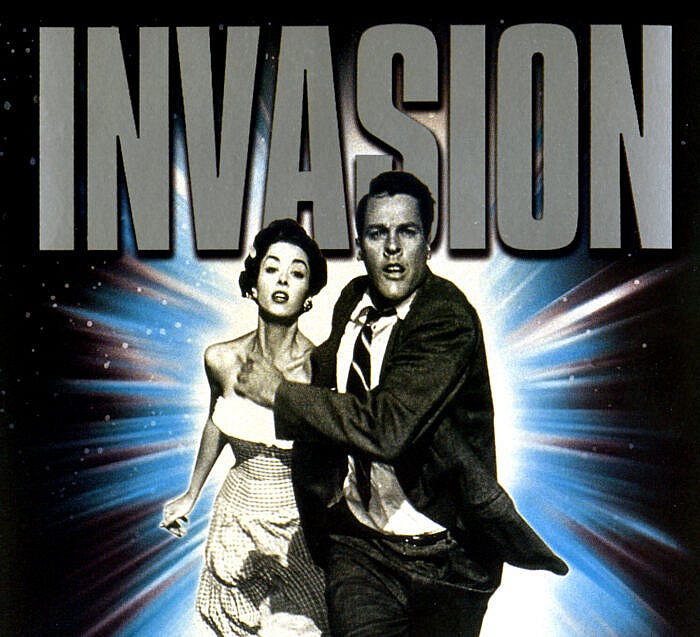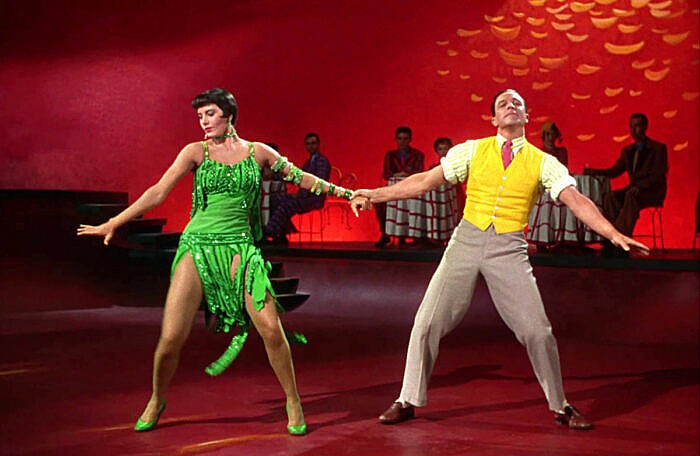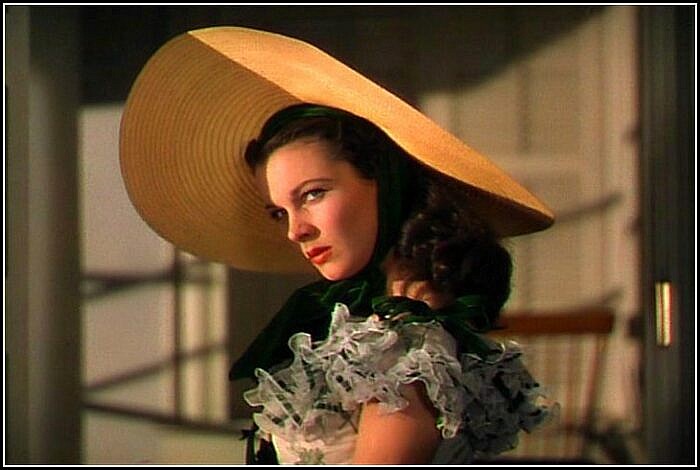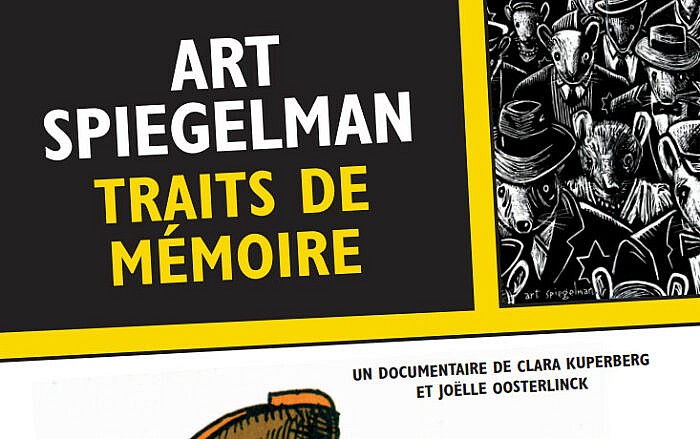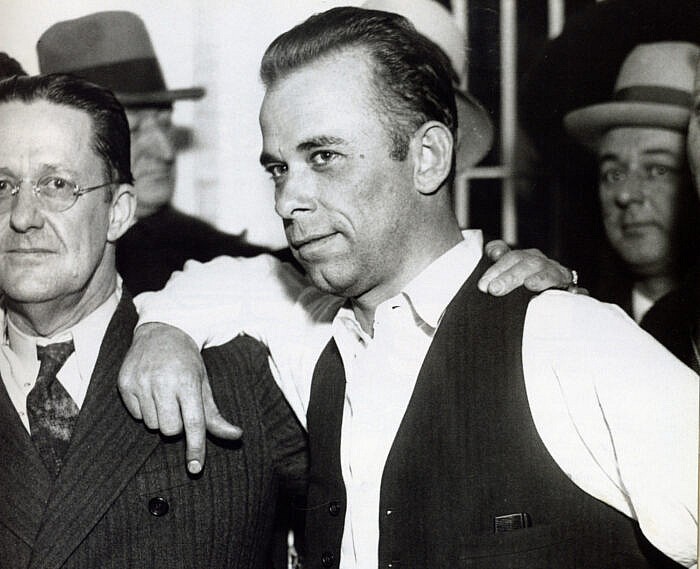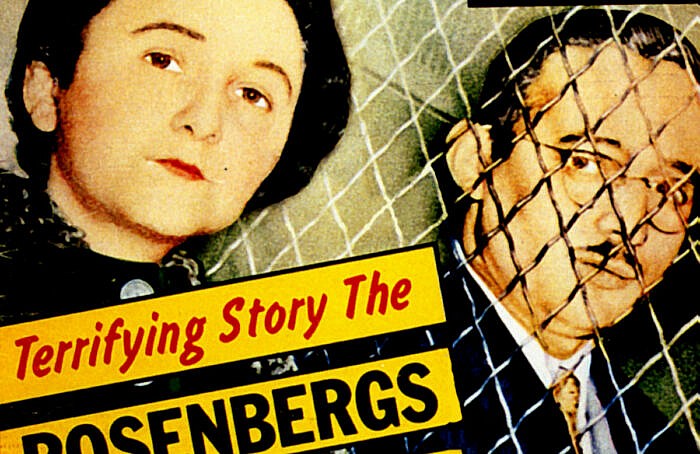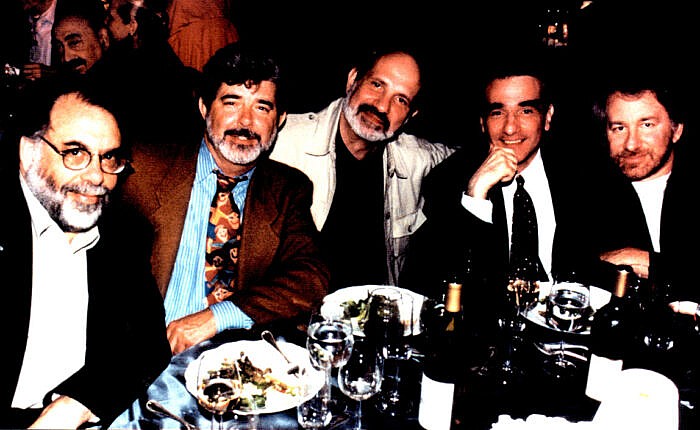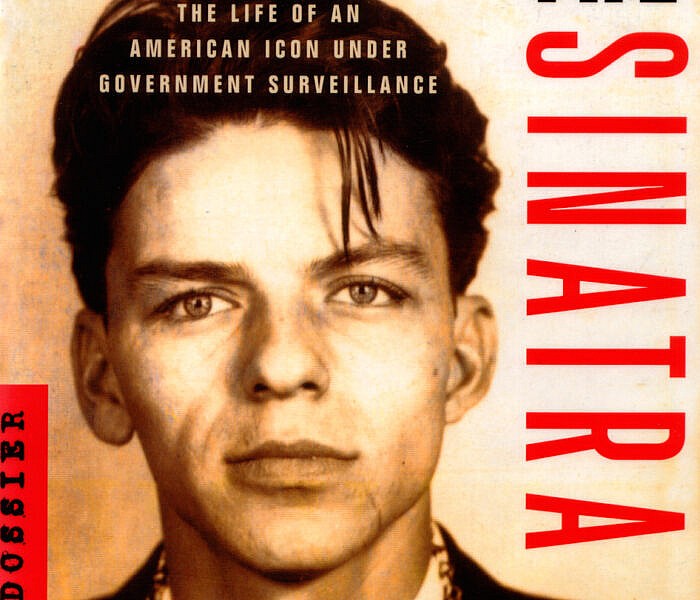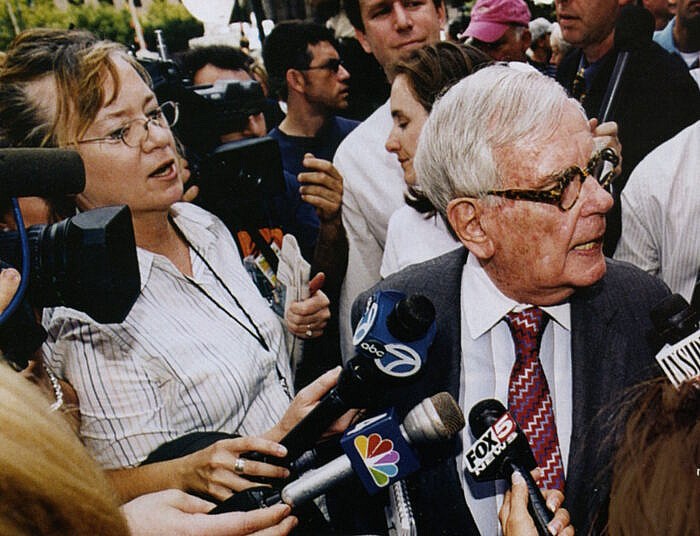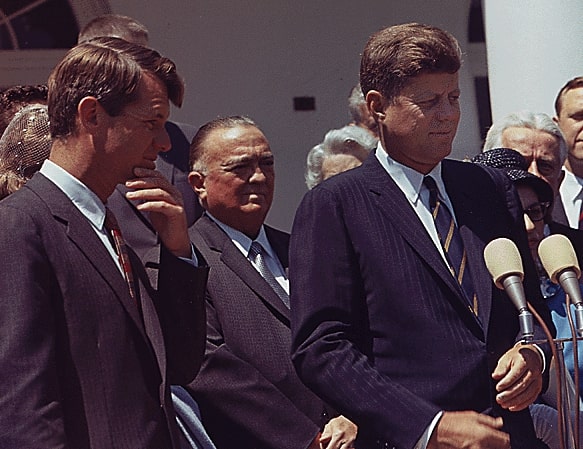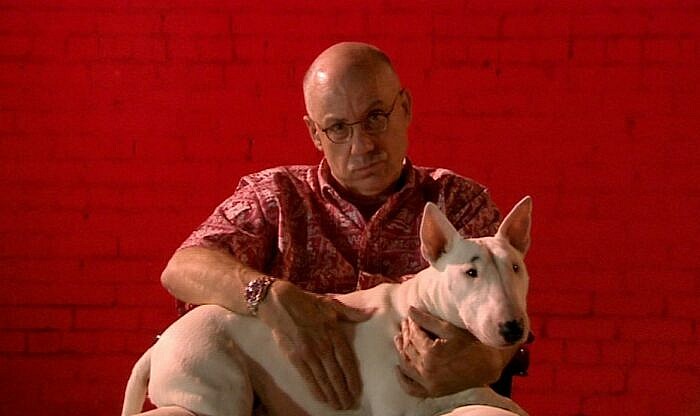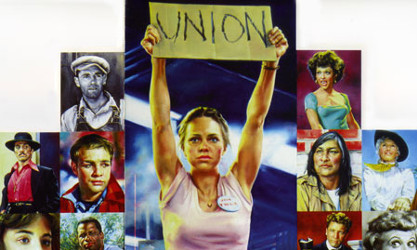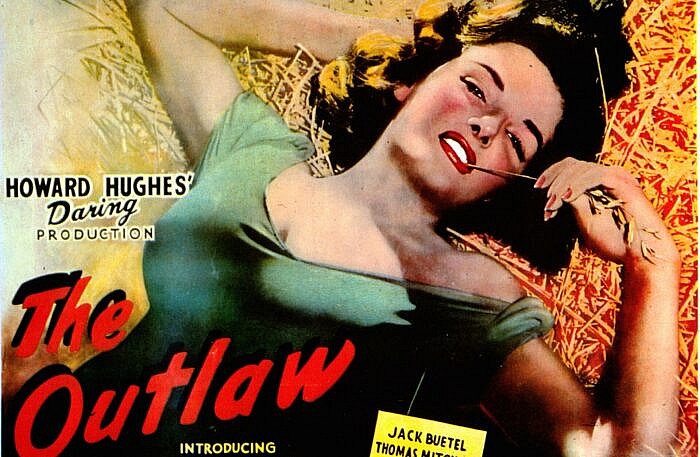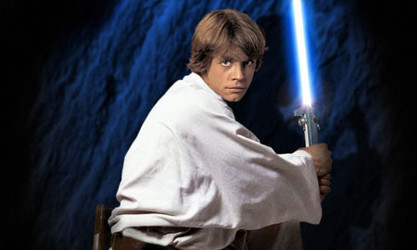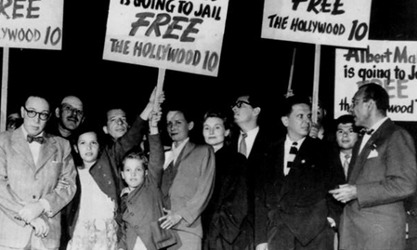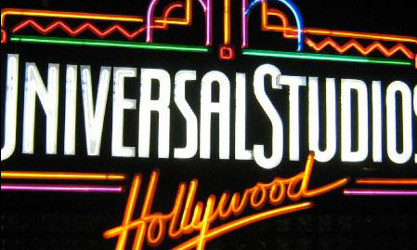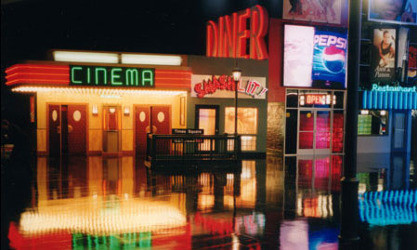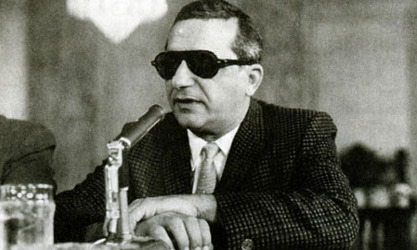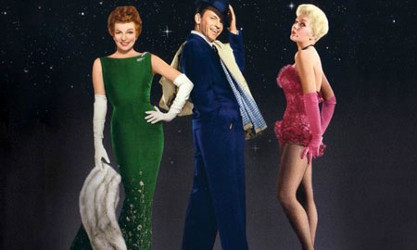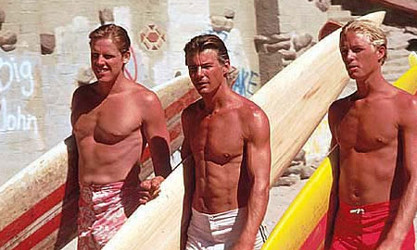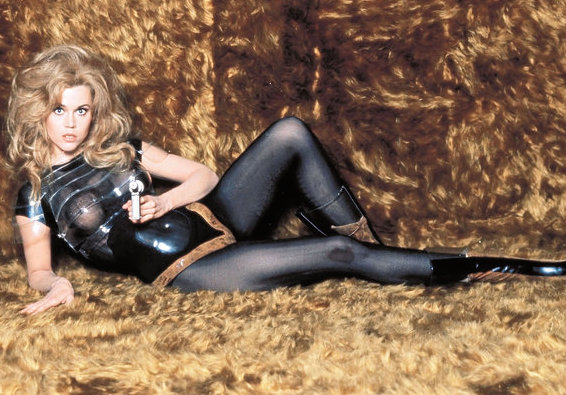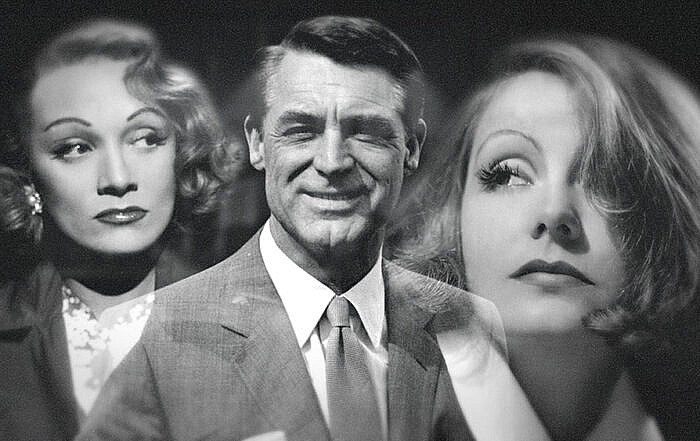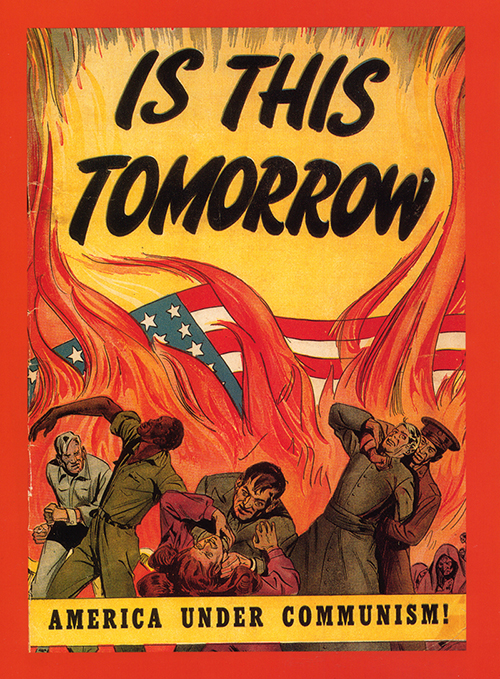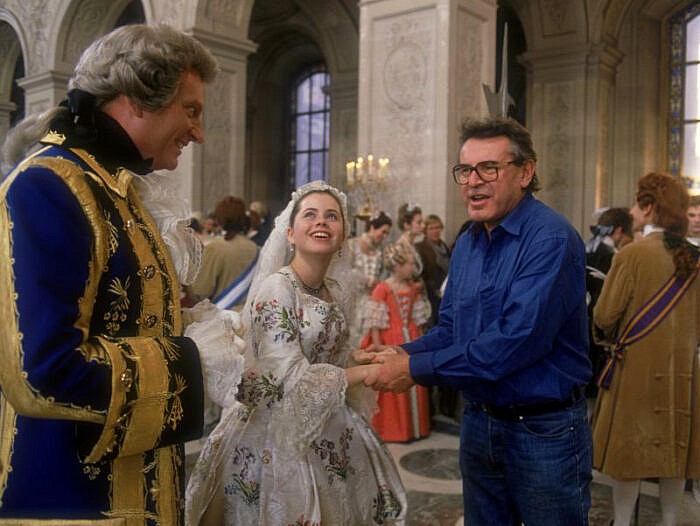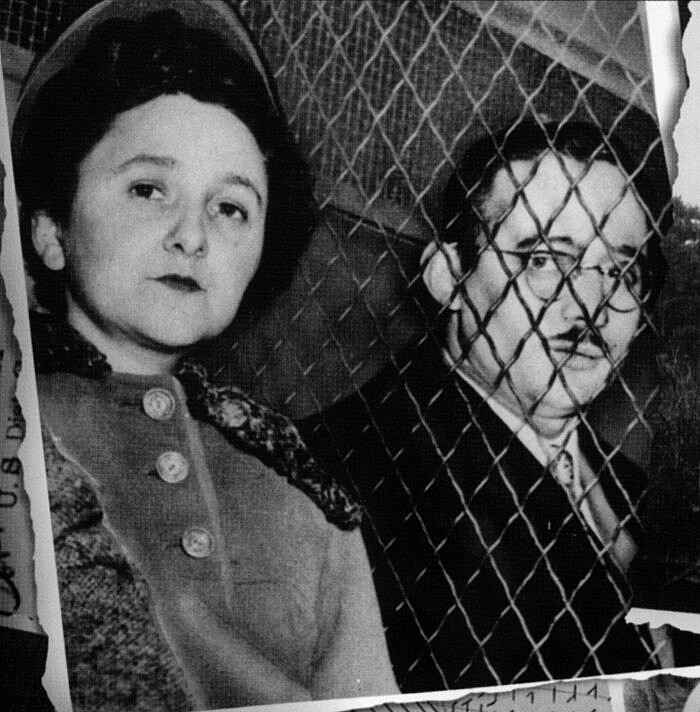
Wichita Films is a French production company specializing in documentaries. It was founded in 2005 by Clara Kuperberg and Julia Kuperberg who act as both director and producer. Wichita Films mainly works to commission from the French market, but are distributed worldwide.
Among their documentaries; This is Orson Welles and Women who Run Hollywood were selected twice at the Cannes Film Festival in 2015 and 2016 and at the Deauville American Film Festival 2015 and 2016, among other prestigious festivals. The Academy of Motion Picture Arts & Sciences organized a special screening of The Women who Run Hollywood at the Linwood Theater in 2018 with Q&A, and they also won the Best Director Award at the Beverly Hills Film Festival the same year, for the same film.
Since 2019, the prestigious Editions Montparnasse and de l’Harmattan have released special DVD boxes with more than 30 of their films.
Hannibal Hopkins & Sir Anthony won Best International Feature Documentary at The American Documentary and Animation Film Festival and Film Fund (AmDocs) in Palm Springs in 2021, and was released on Fandor in January 2022.
Since 5 years, 10 of their movies are released in the US on HBOmax, Amazon, Apple TV, Peacock….
In March 2024, they have won the Special Jury Award at The American Documentary and Animation Film Festival and Film Fund (AmDocs) in Palm Springs for their last film ; Mary Pickford, a blessing and a curse.
Our movies
- Documentaries
News
- All
- News
- Press
VOD / DVD
About us

Passionate about American film history and American culture, Clara and Julia Kuperberg created their own film company, Wichita Films, in 2006 to produce and direct documentaries. The two sisters had come from different spheres.
For three years, Julia was on the editorial board of the famous French TV show, Tracks, broadcast on the French/German channel ARTE, before being solicited by the international company, Fremantle. After several years working on shorts programs, Julia made the decision to join forces with her sister, Clara, already a documentary film director.
Clara has always been attracted by the documentary form. After she directed her first documentary in 2001, (she also directed approximately ten films for various producers), she made the decision to join forces with Julia and create their own production company ; Wichita Films.
The Kuperberg sisters work as equal measure as producers, directors, writers and editors on their films. Their films, all in english, are distributed all over the world.
Their films This is Orson Welles and The Women who Run Hollywood were selected and screened at the Cannes Film Festival 2015 and 2016, among other prestigious film festivals. In April 2018, the Kuperberg sisters won Best Director Award at the Beverly Hills Film Festival for The Women who Run Hollywood. And in June, the Academy of Motion Picture Arts & Sciences screened their film for a special screening at the Linwood Theater in Los Angeles.
They have also edited several DVD boxes set collection with the prestigious Editions Montparnasse and the Editions l’Harmattan with more than 30 of their documentaries inside.
In 2021, Hannibal Hopkins & Sir Anthony won Best International Feature Documentary at The American Documentary and Animation Film Festival and Film Fund (AmDocs) in Palm Springs. In March 2024, their last film Mary Pickford a blessing and a curse has won Special Jury Award at the American Documentary Film Festival.
They are now working on a collection about the women pioneers in Hollywood ; Dorothy Arzner, Mary Pickford and Ida Lupino.
Photo : copyright Sklae photographer
Contact us
Wichita France :
Wichita Films
28 avenue Faidherbe
93260 Les Lilas
France
- (+33) (0)6 60 21 78 09
- (1) 747-389-6480
- contact@wichitafilms.com
- c.kuperberg@wichitafilms.com
- j.kuperberg@wichitafilms.com
Aurélia Loncan
Press Relations
- (+33) (0)6 12 22 88 00
- aurelialoncan@icloud.com



















